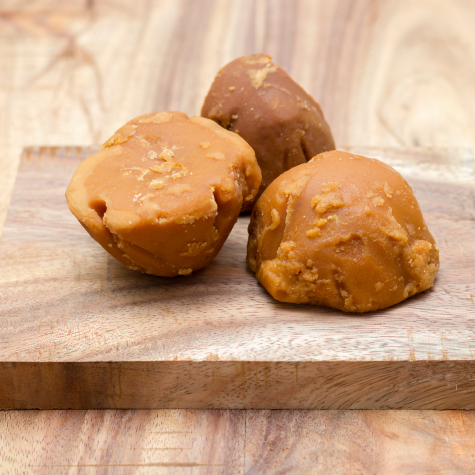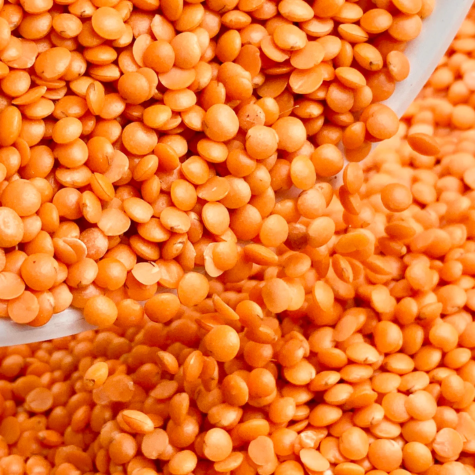Processed & Packaged Food
Mango pulp
Mango pulp is a smooth, creamy puree made from ripe mangoes, typically processed by removing the skin and seeds before blending the flesh into a thick consistency. It is widely used in various culinary applications, such as beverages (like mango lassi), desserts, ice creams, and jams, due to its rich, sweet flavor and vibrant color. Mango pulp is a popular ingredient in many tropical cuisines and is available in both fresh and canned forms. It is also packed with nutrients, including vitamins A and C, antioxidants, and fiber, making it a healthy addition to diets. In addition to its sweet applications, mango pulp can be used in savory dishes, contributing to unique flavors



Idli dosa batter
Idli dosa batter is a fermented mixture primarily made from rice and urad dal (black gram), two key ingredients in South Indian cuisine. The batter is prepared by soaking rice and urad dal separately for several hours, then grinding them together with water to form a smooth, thick consistency. The batter is then left to ferment overnight, allowing the natural yeasts to develop, which makes it rise and become airy. This fermentation process is crucial for achieving the light and fluffy texture of idlis and the crispiness of dosas. The batter is versatile, with idli batter being steamed into soft, round cakes called idlis, and dosa batter being spread thin on a hot griddle to make crispy, golden dosas. Both dishes are typically served with chutney and sambar, and the batter can be stored for several days when kept in a cool place



Jaggery
Jaggery is a traditional, unrefined sugar made from the sap of sugarcane or date palms. It is widely used in many Asian, African, and Latin American cuisines for its rich, caramel-like flavor and natural sweetness. Unlike refined sugar, jaggery retains molasses, giving it a darker color and a complex taste with hints of toffee and earthy notes. It is packed with essential nutrients such as iron, calcium, potassium, and magnesium, making it a healthier alternative to white sugar. Jaggery is commonly used in desserts, sweets, and beverages, and is also a key ingredient in various savory dishes. In some cultures, it is believed to aid digestion and provide other health benefits



Masoor dal
Masoor dal, also known as red lentils, is a type of lentil that is commonly used in South Asian cuisine. These small, orange-red lentils are split and do not require pre-soaking, making them quick and easy to cook. Masoor dal has a mild, slightly earthy flavor and a soft texture when cooked, making it ideal for soups, curries, and stews. It is rich in protein, fiber, iron, and other essential nutrients, making it a healthy and nutritious addition to vegetarian and vegan diets. Masoor dal is often cooked with spices like turmeric, cumin, and coriander, and is typically served with rice or roti. It can be prepared in a variety of ways, from simple dal dishes to more elaborate recipes with vegetables and meats



Sendha namak
Sendha namak, also known as rock salt, is a type of salt that is commonly used in India, especially during fasting periods like Navratri or during religious observances. Unlike regular table salt, sendha namak is unrefined and comes from naturally occurring rock deposits. It has a coarse texture and a pinkish or off-white color. The taste of sendha namak is milder and less intense compared to regular salt, and it is often believed to have several health benefits, such as aiding digestion and balancing electrolytes in the body. It is used in a variety of dishes, including fruit salads, chaats, and snacks, as well as in beverages like lemon water. Sendha namak is also favored for its purifying and detoxifying properties in traditional practices



Contact us
Address
B-5, Shakti Nagar, Ward no. 1, Mandideep-462046, District- Raisen, Madhya Pradesh, India
Phone
+91 89892 10090
vmexim2@gmail.com
